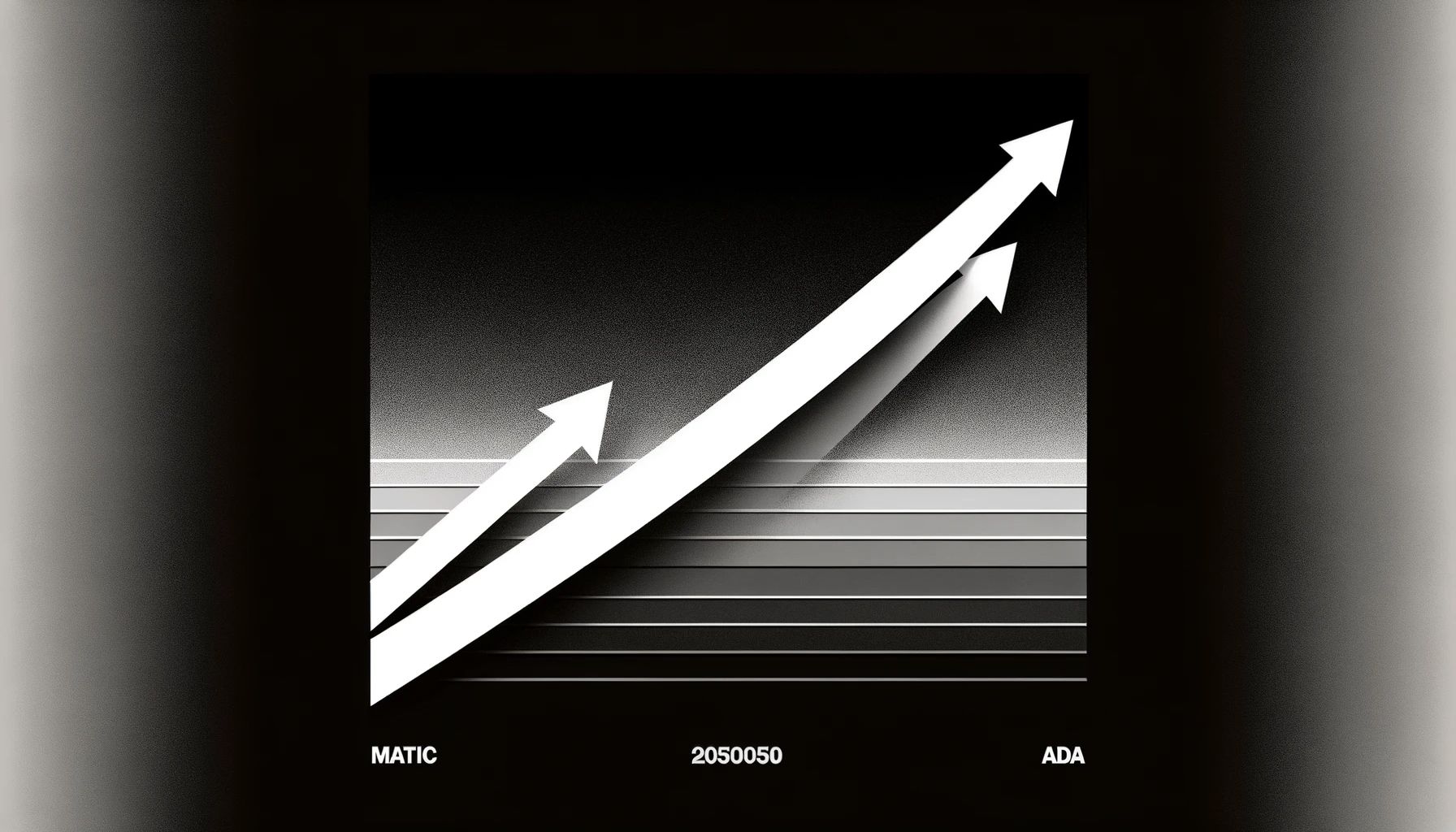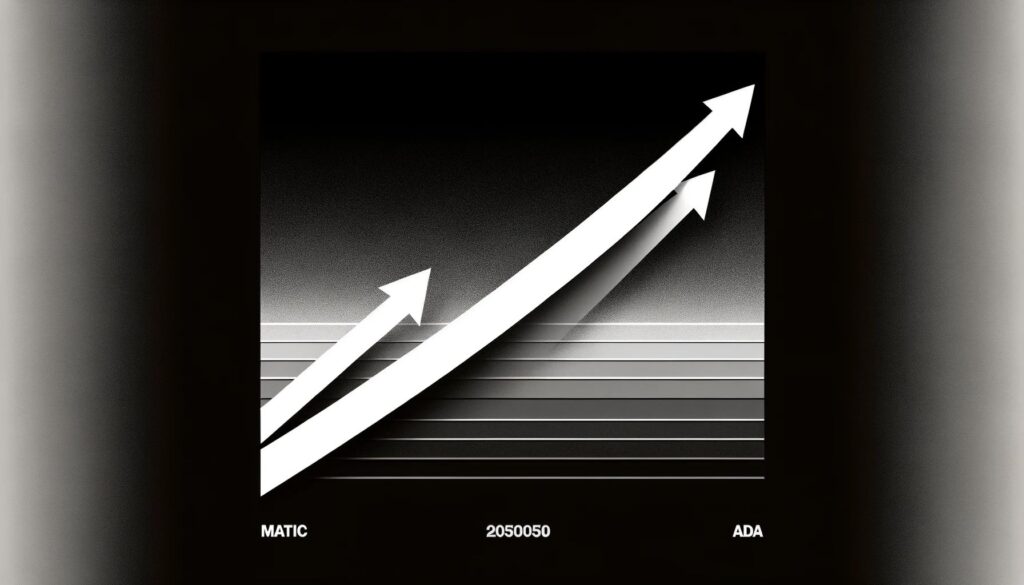Hooked Protocol, a burgeoning player in the cryptocurrency market, has captured the attention of investors and enthusiasts alike with its innovative approach and potential for growth. As of now, it stands at a promising $1.15, sparking curiosity about its future trajectory. This article aims to provide a detailed year-by-year price prediction for Hooked Protocol from 2024 to 2030, considering various economic, technological, and market factors.
Summary Table
This table provides a year-by-year forecast of the expected value of Hooked Protocol, reflecting a gradual and steady increase in its price over the years.
| Year | Predicted Price |
| 2024 | $1.25 |
| 2025 | $1.35 |
| 2026 | $1.50 |
| 2027 | $1.65 |
| 2028 | $1.80 |
| 2029 | $2.00 |
| 2030 | $2.20 |
Year-by-Year Price Predictions and Analysis
2024: Establishing a Foothold
Predicted Price for 2024: $1.25
Key Factors: Increased adoption, technological enhancements, and positive market sentiment.
In 2024, Hooked Protocol is expected to see a moderate increase in value as it expands its user base and integrates further technological advancements. The growing interest in decentralized finance and the protocol’s unique offerings are likely to contribute to this upward trend.
2025: Responding to Market Shifts
Predicted Price for 2025: $1.35
Economic and Market Trends Impact: Fluctuating global economy, regulatory developments.
The year 2025 may witness Hooked Protocol navigating through economic fluctuations and evolving regulations. Despite potential challenges, its robust platform and increasing utility in the crypto space are expected to foster its value.
2026: Riding the Wave of Innovation
Predicted Price for 2026: $1.50
Innovation and Adoption: Introduction of new features, strategic partnerships.
By 2026, Hooked Protocol’s commitment to innovation and strategic partnerships is anticipated to drive its price to $1.50. The protocol’s adaptability and enhancements in response to user needs will play a crucial role in this growth.
2027: Stability Amidst Volatility
Predicted Price for 2027: $1.65
Market Dynamics: Cryptocurrency market trends, investor sentiment.
In 2027, despite the inherent volatility of the crypto market, Hooked Protocol is expected to maintain a steady growth trajectory, potentially reaching $1.65. Its stability and increasing recognition will likely attract more investors.
2028: Global Influences and Expansion
Predicted Price for 2028: $1.80
Global Factors: International regulatory landscape, expansion into new markets.
The year 2028 might see Hooked Protocol expanding its reach globally and adapting to the international regulatory landscape, which could drive its price to around $1.80. The protocol’s ability to cater to a diverse user base will be key to this growth.
2029: Consumer Adoption and Technological Maturity
Predicted Price for 2029: $2.00
Consumer Behavior Trends: Growing preference for decentralized solutions, wider adoption.
As consumer behavior continues to shift towards decentralized financial solutions, Hooked Protocol is expected to reach a wider audience, potentially pushing its price to $2.00 by 2029. The protocol’s user-friendly approach and continuous technological improvements will support this trend.
2030: Long-Term Vision and Growth
Predicted Price for 2030: $2.20
Economic Projections and Technological Integration: Long-term economic trends, technological advancements.
Looking towards 2030, Hooked Protocol is projected to reach $2.20, driven by broader economic growth and continued technological integration. The maturation of the cryptocurrency market and Hooked Protocol’s established position will contribute to this optimistic outlook.
Hooked Protocol Tokenomics
Tokenomics refers to the economic principles and incentives of a cryptocurrency. For Hooked Protocol, these are crucial for understanding its potential value and adoption.
Supply and Demand:
Total Supply: The total tokens available can affect value; limited supply may increase value, while unlimited supply could lead to inflation.
Circulating Supply: Tokens in the market influence price; less supply with high demand can raise prices.
Token Burns and Minting: Adjusting supply through burns or minting can significantly impact price and rarity.
Market Cap:
Current Market Cap: Indicates Hooked Protocol’s present value and is essential for comparisons.
Market Cap Growth: Changes in market cap reflect perceived value shifts.
Token Role:
Utility: Uses of tokens (e.g., governance, staking) can drive demand.
Rewards and Incentives: Encouragements for holding or using tokens can increase demand and price.
Governance: Token-based voting can enhance value by involving holders in decisions.
Influence on Price and Adoption:
Speculation vs. Utility: The balance between trading and actual use can affect stability and growth.
Adoption Curve: Quick adoption due to effective tokenomics can boost demand and price.
Regulatory Environment: Regulations can significantly influence all aspects of tokenomics.
Understanding Hooked Protocol’s tokenomics, which combines supply, demand, market cap, and token roles, is vital for informed investing. Always assess risks and research thoroughly.
The Future of Hooked Protocol
Technological Advancements
- Innovation: Continuous innovation is expected to be a driving force for Hooked Protocol, with potential advancements in blockchain technology, smart contracts, and interoperability enhancing its functionality and user experience.
- Impact: These technological strides could significantly improve transaction speeds, reduce costs, and expand the protocol’s use cases, thereby increasing its adoption and value.
Role in Decentralized Finance (DeFi) and Digital Transactions
- DeFi Integration: Hooked Protocol is poised to play a pivotal role in the DeFi ecosystem by offering more decentralized, efficient, and transparent financial services.
- Digital Transactions: As digital transactions become the norm, Hooked Protocol’s role in facilitating secure, fast, and low-cost transactions could see it becoming a key player in the market.
FAQs
Hooked Protocol is a cryptocurrency project focusing on providing innovative solutions in the DeFi and digital transaction space.
It distinguishes itself through unique features, technological advancements, and its potential role in the DeFi ecosystem
While specific predictions vary, the general outlook is positive, with growth driven by increased adoption, technological advancements, and its role in the evolving DeFi landscape.
Potential investors should consider the protocol’s current performance, future potential, and market trends. As with any investment, there are risks, and due diligence is recommended.
Conclusion
The potential growth trajectory for Hooked Protocol from 2024 to 2030 is notably promising, driven by technological innovation, increasing market adoption, and a significant role within the decentralized finance (DeFi) sector. As it continues to evolve and adapt to the dynamic needs of the market, Hooked Protocol is expected to experience substantial growth. Its success will likely be shaped by its capacity for innovation, ability to adapt to market needs, and effective integration within the broader DeFi ecosystem. Given its potential and the growing importance of DeFi and digital transactions, Hooked Protocol is well-positioned to become a significant player in the cryptocurrency landscape, potentially reshaping the future of digital transactions and finance.
Summary
The predicted growth of Hooked Protocol is optimistic, driven by increased adoption and technological advancements within the favorable DeFi and digital transaction market. Positioned to capitalize on emerging opportunities, its innovative approach and potential to reshape digital finance mark it as a significant project in the evolving cryptocurrency landscape.












